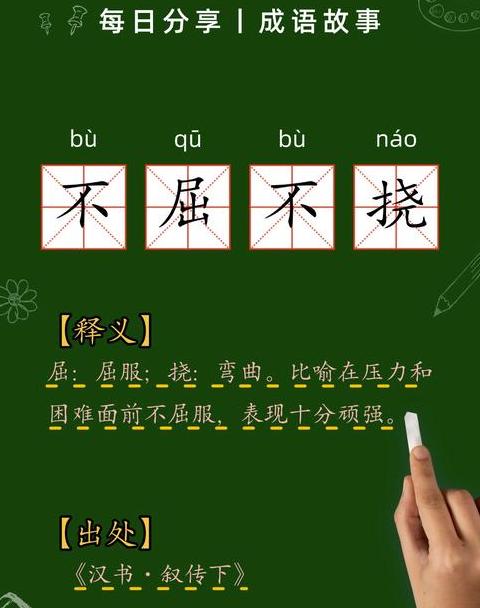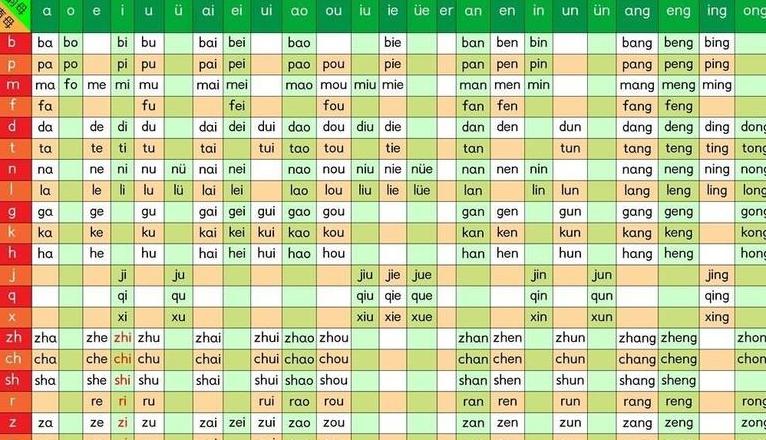发现问题并寻找方法解决,并有效避免问题再次发生的成语
Okay, here are a few options, playing with slightly different nuances while keeping the core meaning and professional tone:Option 1 (Focus on root cause & early action): "Focus on identifying the fundamental causes and address minor issues proactively to pre vent escalation."
Option 2 (Focus on pre vention & addressing small signs): "Address the root of the problem and take pre emptive action against the smallest signs of potential issues."
Option 3 (Focus on understanding origins & stopping early): "Understand the origins to pre vent initial problems from developing into larger ones."
Option 4 (More direct): "Get to the source of issues and tackle them early before they grow."
亡羊补牢的道理
这个成语“亡羊补牢”其实就是在说,就算你犯了错,只要赶紧想办法改正,并且想想怎么防止以后再犯,还是能减少损失的。这个说法出自《战国策·楚策》,讲的是楚国国君没听劝,结果被秦国打,都城丢了。
后来他后悔了,但大臣庄辛告诉他,“亡羊补牢,未为晚也”,意思是羊都丢了再去修羊圈也不迟,让他别灰心,重新振作。
现在这个道理还是很有道理的。
遇到错误和失败,咱们得承认,还得想解决的办法,别老盯着过去的错不放手。
只有赶紧改正,加强防范,才能避免以后更大的麻烦,对自己、对社会都有好处。
而且,亡羊补牢也告诉我们,要留意那些危险的前兆,提前预防。
出了问题,不能等它变得无法挽回才去管,得早点采取措施。
这样,才能保证大家都不吃亏,实现长期的稳定和发展。
亡羊补牢古文
古文中“见兔而顾犬,亡羊而补牢”这一成语,其原文表述为:“臣闻鄙语曰:‘见兔而顾犬,未为晚也;亡羊而补牢,未为迟也。’”其中,“见兔而顾犬,未为晚也”意指发现目标后立即行动,不算太晚,即事后及时行动仍有机会补救。
“亡羊而补牢,未为迟也”则说明羊群丢失后修补圈舍,虽晚但也不算太迟,即事后采取措施预防未来风险仍有价值。
这两句话共同传达了在问题发生之后,迅速采取措施进行纠正和防范的重要性。
这一成语在古文中的应用,旨在强调及时补救的必要性。


